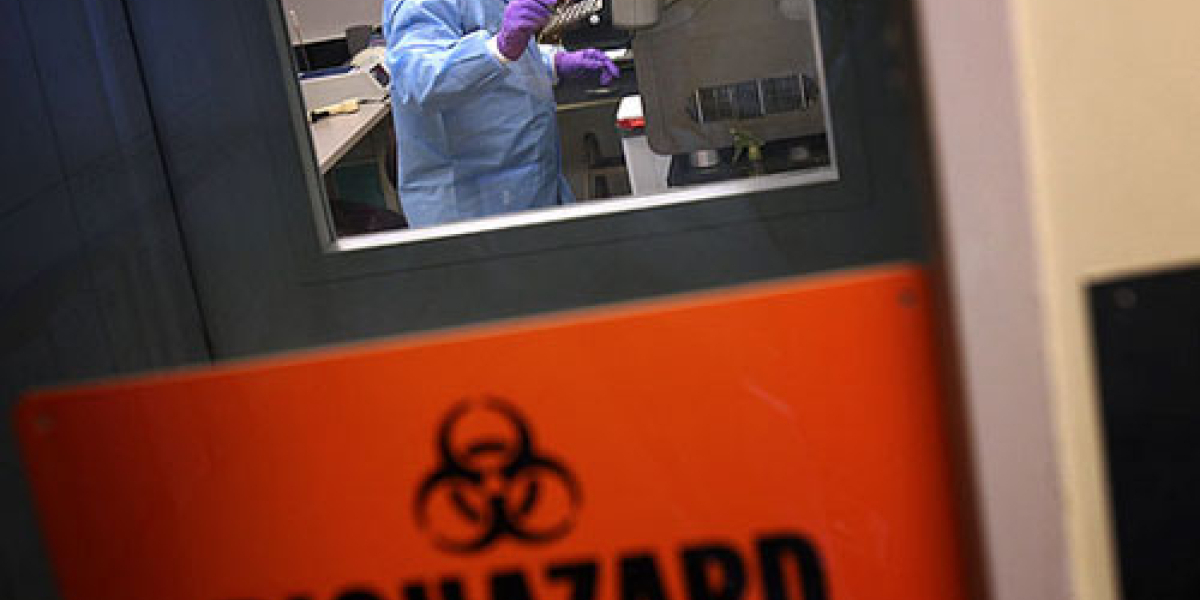Brush up on safety tips specific to your biosafety level

It's important to know the specific precautions that need to be taken when working with biohazards. The first step is to definitively know the biosafety level the substances you are working with requires.
Biosafety levels are determined by the procedures you are conducting in combination with the substances with which you are working. The BSL Basics guide on ALNmag.com will help you understand your biosafety level and give you some tips to keep yourself and your laboratory environment protected. Here are some short examples of what you'll find:
The four biosafety levels were developed to protect against a world of select agents. These agents include bacteria, fungi, parasites, prions, rickettsial agents, and viruses . . . .
BSL-1 Safety Tips
Standard microbiology practices are usually enough to protect laboratory workers and other employees in the building. These include mechanical pipetting only (no mouth pipetting allowed), safe sharps handling, avoidance of splashes or aerosols, and . . . .BSL-2 Safety Tips
Contaminated sharps are handled with extreme caution, for example use of disposable syringe-needle units and appropriate puncture-resistant sharps containers, no direct handling of broken glassware, and decontamination prior to disposal. The laboratory’s written biosafety manual details . . . .. . . .
Read the entire article and all of the biosafety level tips for BSL-1 through 4 in the original article, "BSL Basics" by Vince McLeod et al in ALN Magazine.
| chevron_left | Protector Glove Box now included on NanoSafe Tested registry | Articles | Top 5 questions to ask before purchasing a fume hood blower | chevron_right |






